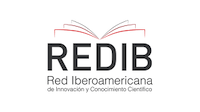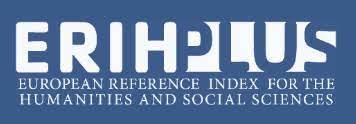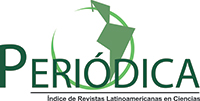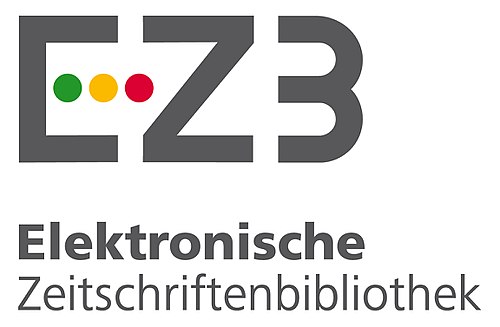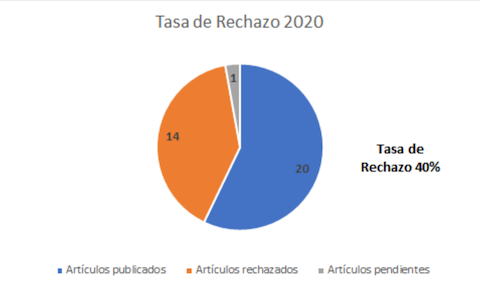Aprendizaje de actividades motoras en procesos prensiles con el uso de una prótesis mecatrónica controlada por señales mioeléctricas en personas amputadas entre codo y muñeca
DOI:
https://doi.org/10.18667/cienciaypoderaereo.30Keywords:
Learning of motor routines, myoelectric signals, observation learning environment, somatotype learning environment, mechatronical prosthesisAbstract
This project makes part of an investigation about augmentative aids for disabled people, and has as main objective to develop a prosthesis of the biomechanical system hand – wrist in order to investigate the influence that it has in the development of certain abilities and cerebral configurations during the process of learning.
Due to the hand permits to create a system of self-representation, it is a point of convergence in the system of visual, tactile and proprioceptive (perception of the own position) feedback. Besides this, it materializes the intentions of the thought through the connection with the ventral system accessing the linguistic areas of the temporary lobes where semantic processes are developed (due to the relation of handling – identification – transformation of objects).
In the same way, it offers the brain new ways of approaching old tasks and the possibility of undertaking new ones and, because the brain through the hand models its process, makes the world and its extra personal space.
Downloads
References
Ausubel, D. (1998). El desarrollo infantil: Aspectos lingüísticos, cognitivos y físicos. Barcelona: Paidós.
Díaz, J. (1999). La enseñanza y aprendizaje de las habilidades y destrezas motrices básicas. Barcelona: Inde publicaciones, p. 234
Famose, J. (1992). Aprendizaje motor y dificultad de la tarea. Rudik, Psicología. Barcelona: Editorial Paidotribo.
Fonseca, V. D. (2004). Psicomotricidad: Paradigmas del estudio del cuerpo y de la motricidad humana
Frank, R. W. (2002). La Mano: De cómo su uso configura el cerebro, el lenguaje y la cultura humana.
García Núñez, J. A.,y Berruezo, P. P. (1994). Psicomotricidad y educación infantil y Adelantado. Madrid: CEPE, D.L. ISBN 84-7869-175-8.
Granda J. M. (2001). Manual del aprendizaje y del desarrollo motor. Buenos Aires: Editorial Paidós. (en línea) http://www.estrucplan.com.ar/Producciones/entrega.asp?IdEntrega=64
Kurt, M. (1998). Didáctica del movimiento. Berlín: Editorial Volk und Wissen., p. 317
Kurt, M., y Gunter, S. (2004.). Teoría del Movimiento: Motricidad deportiva. Editorial, Stadium S.R.L.
Le Boulch, J. (1978). Hacia una ciencia del movimiento humano. Buenos Aires: Editorial Paidós.
Maisson, J. (2000).Cerebro y Motricidad.
Navarro Adelantado, V. (2002). El afán de jugar: Teoría y práctica de los juegos motores. Editorial INDE.
Oña Sicilia, A. y Martínez Marín, M. E. (1965). Comportamiento motor. Modelos actuales, su aplicación al aprendizaje de habilidades en el aula de educación física.
Rosenzweig, M. (1997). Psicología Fisiológica. McGraw-Hill.
Ruiz Pérez, L. (1982). Desarrollo Motor y Actividad física. Madrid: Gymnos.
__________ (1995). Competencia motriz. Elementos para comprender el aprendizaje motor en Educación Física Escolar. Madrid: Editorial Gymnos.
Wallon, H. (1997). Los estadios en la psicología del niño. Buenos Aires: Ediciones Nueva Visión.
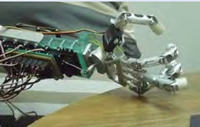
Downloads
Published
Issue
Section
License
Assignment of Copyrights
Authors assign Ciencia y Poder Aéreo journal the exclusive rights (reproduction, distribution, public communication, and transformation) to exploit and commercialize their work, in whole or in part, in all the formats and modalities of present or future exploitation, in all languages, throughout the life of the work and throughout the world.
All contents published in Ciencia y Poder Aéreo journal are licensed under a Creative Commons Attribution 4.0 International License, whose complete information is available at http://creativecommons.org/licenses/by/4.0/
Under the terms of this license, users are free to download, print, extract, archive, distribute and publicly communicate the content of articles, provided that proper credit is granted to authors and Ciencia y Poder Aéreo, scientific journal of the Graduate School of the Colombian Air Force. Except when otherwise indicated, this site and its contents are licensed under a Creative Commons Attribution 4.0 International License.
For other uses not considered under this license it is required to contact the Director or the Editor of the journal at the e-mail address cienciaypoderaereo1@gmail.com.
The Graduate School of the Colombian Air Force and this publication are not responsible for the concepts expressed in the articles, including the metadata or the affiliation stated by authors. This is the full responsibility of the authors.




